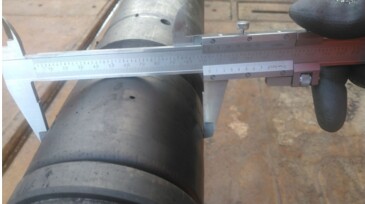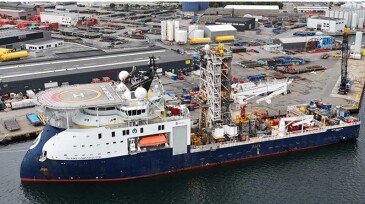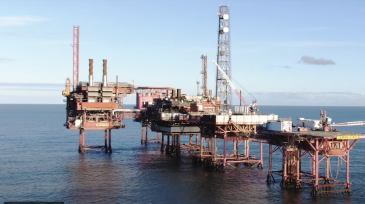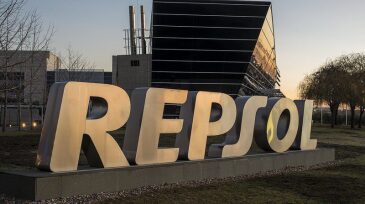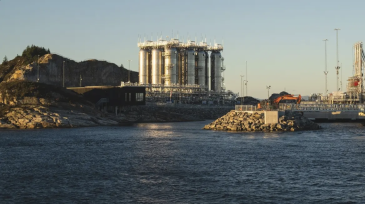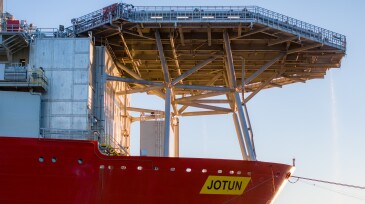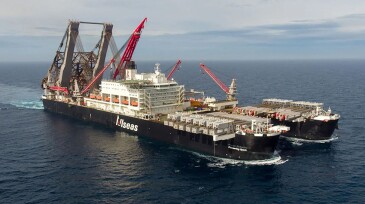North Sea
-
Spanish yard will prep the almost 40-year-old FPSO for redeployment opportunities for new owner.
-
This paper describes the use of coiled tubing in a pilot project for carbon dioxide injection, enabling evaluation of the conversion of an existing oil field for CCS purposes and derisking storage-development uncertainties before having to cease hydrocarbon production.
-
This paper describes the first riserless coiled tubing services operation performed in a live subsea well and the associated improvements in efficiency, cost savings, and safety.
-
The vessel is expected to be delivered by the end of the year, while the project's new port in Esjberg is on target for completion this autumn.
-
The test marks a milestone in the Poseidon CCS project, which aims to store carbon dioxide in the depleted gas reservoir below the Leman development in the southern North Sea.
-
The combined group will be renamed NEO NEXT Energy and is expected to become one of the largest independent producers in the North Sea.
-
The first phase of the Norwegian project is expected to receive its first carbon dioxide this year, with the second phase slated to start operations in late 2028.
-
The production unit for the Balder field in the North Sea is expected to go on-stream in the second quarter of 2025 following the staged tow-out of the FPSO.
-
The new Sevan-designed cylindrical FPSO is expected to flow 45,000 BOE/D at peak.
-
Global offshore decommissioning projects hear the starting gun in Australia and the North Sea, but will the race be a marathon or a sprint?


